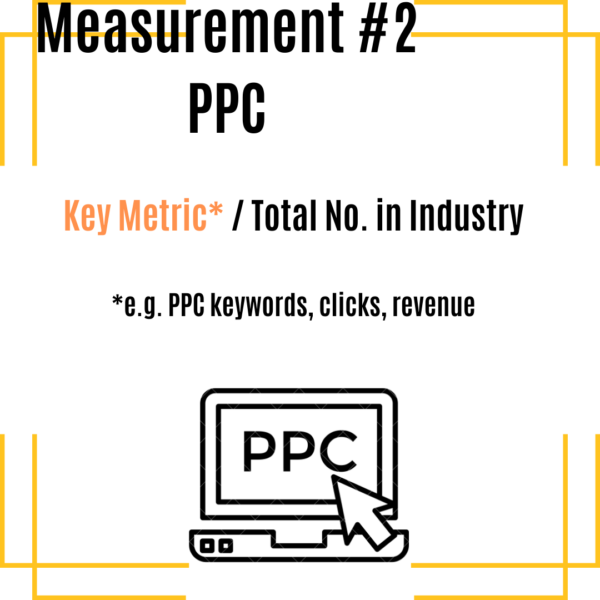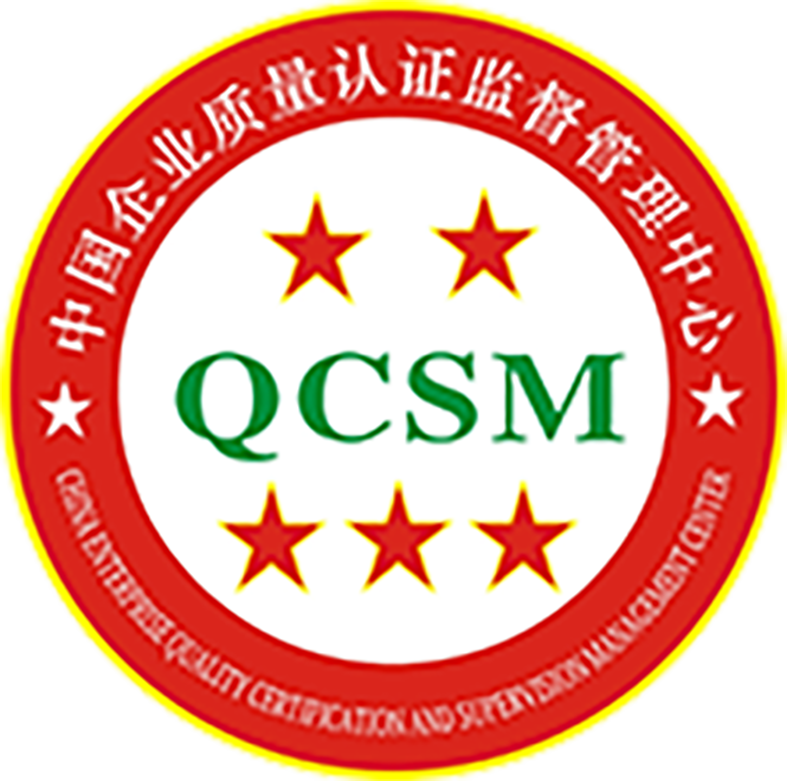The internet has become a noisy place. Brands often wonder how much of their audience is hearing them. One way to find out is by measuring share of voice (SOV).
We’re advocates of only paying attention to the metrics that really matter, and share of voice is definitely one of them. That’s because it allows you to see how you stack up against your competitors. Share of voice can help you gain a clearer perspective on your own social media marketing performance.
What is Share of Voice?
We define share of voice as how much of the conversation you dominate compared to your competitors. For instance, if someone is mentioning you more on social media compared to a competing brand, you may have a bigger SOV.
In the past, marketers used SOV as a way to gauge whether their paid advertising was working. Today, SOV in marketing means so much more; it’s not just useful for PPC or other paid ads. You can also track organic website traffic and social media mentions in relation to your competitors.
Share of Voice vs. Share of Market
Share of voice sounds a lot like share of market. You could say that share of voice is a smaller slice of the bigger market picture.
SOV measures your brand awareness on a specific channel. Share of market refers to the amount of revenue and the number of customers you have in the market.
Measuring Share of Voice
The measures you’ll use depend on the marketing channel.
For example, let’s say you want to measure share of voice on Instagram. You might start by looking at the hashtags your audience is using. If your branded hashtags are used 100 times compared to the 200 times for the whole market, then your SOV is 50%.
We recommend measuring share of voice across three primary areas: SEO, PPC and Social Media.

Measurement #1: SEO
Search engine optimization, or SEO, is important for helping people find your website via organic search. Organic means it happens naturally, so you don’t have to pay to show up in search results. The higher you rank organically, the more “free” website traffic you earn.
To measure your SOV in organic search, you’ll need to look at how often you appear in search engine results pages (SERPs) compared to competitors. You can measure this by the number of impressions as well as clicks.
You can also learn which organic keywords you’re ranking for compared to your competitors. The more keywords you rank for, the greater potential you have of appearing in your audience’s search results.
You should also pay attention to your backlinks. A backlink is a link to your website from a third-party site. Backlinks are symbols of authority because they resemble a sign of trust from the publisher.


Measurement #2: PPC
Pay-per-click advertising, or PPC, is the opposite of organic search. With PPC, you pay to get in front of your target audience. In a paid search campaign, your ad is usually displayed at the top of the SERP before the organic rankings.
To calculate your SOV in a PPC campaign, you’ll choose a key metric (such as impressions), then divide your metric by the total number in the industry.
Google Ads makes finding your PPC share of voice easy. Go to your account, then go to Campaigns and click Modify. Click “competitor metrics” and check the boxes next to each competitor you want to compare yourself to. Apply the changes and start tracking your impressions data.
Similar to organic search, you can also use your PPC keywords, clicks, and revenue as metrics. When you’re spending money on campaigns, knowing your SOV can help you budget for advertising and measure each campaign’s effectiveness.

Measurement #3: Social Media
Social media has become an important platform for consumers to be seen and heard. Anyone can post content, share their thoughts, and even connect with brands directly.
With so many conversations happening on social media platforms every day, it’s important for marketers to tune in. Learn how people are talking about your brand on social. You can track metrics like hashtags, mentions, post reach, and customer sentiment.
Other share of voice metrics worth considering is media mentions and trending topics outside of social media. Blogs, news outlets, podcasts, and other publications lend to a brand’s share of voice calculation.
Increasing Share of Voice

Here are some tips to help you supercharge your SOV marketing:
Be Consistent
As with any type of social media marketing, increasing share of voice starts by making it a priority. Be intentional about creating and maintaining your online presence. Participate in discussions and react to trending topics and content. It pays to be the squeaky wheel.
Start Conversations
Whoever is in charge of the conversation usually gets to spend the most time talking. Don’t just respond to current conversations – start your own, too.
Engage your audience by presenting them with thought leadership and thought-provoking content. Ask them questions and request their participation. Make it easy for them to make your brand part of their story.
Create Original, Engaging Content
Content is a big part of the marketing share of voice. It gives people something to engage with and talk about. Match your content format to the channel where you wish to increase share of voice.
For instance, video works well for TikTok, YouTube, and Facebook. Niche audiences might prefer memes or infographics. Understand your demographic and learn what they like and respond to. Then, let their interests guide your content creation.
Track Your Progress
Regular share of voice reporting can help you see how your efforts are paying off. And with the right share of voice tool, tracking this metric becomes less of a chore. Put it on autopilot and get straight to the latest data.
Meltwater provides social and media intelligence. By examining millions of posts each day from social media platforms, blogs, and news sites, Meltwater helps companies make better, more informed decisions based on insight from the outside. Learn more at meltwater.com.
Subscribe to NewsBites and stay updated on the latest business trends and news.
Disclaimer
This website may contain material sent to the HKTDC by third parties. Without prejudice to any rights, remedies and interests that HKTDC may have, HKTDC is not responsible for any error, omission or inaccuracy in the material. HKTDC reserves the right to omit, suspend or edit any material submitted. The opinions, findings, conclusions and recommendations expressed in such material are those of the authors thereof, and do not necessarily reflect the views of HKTDC.




















